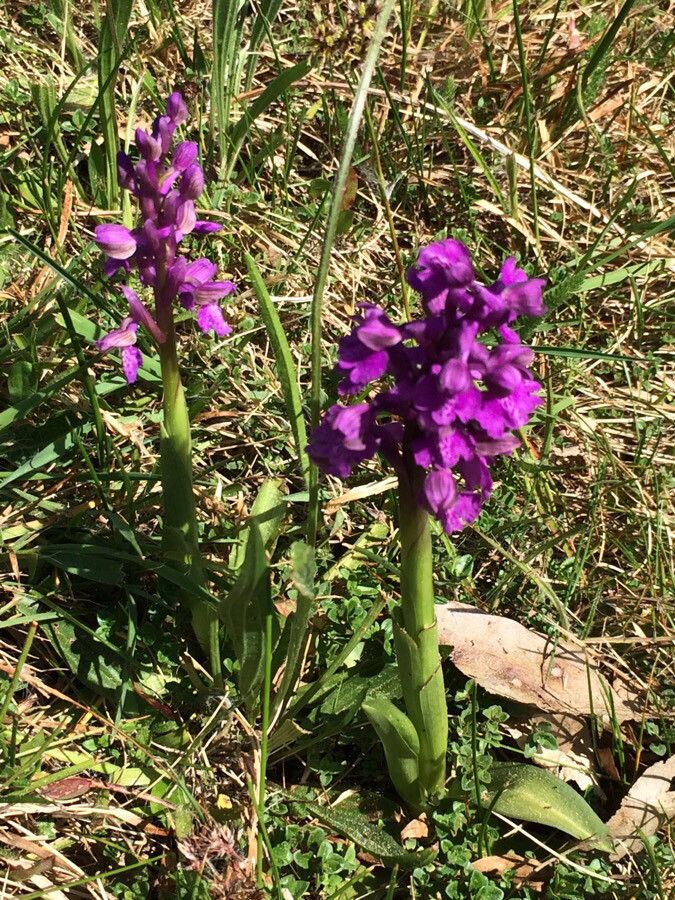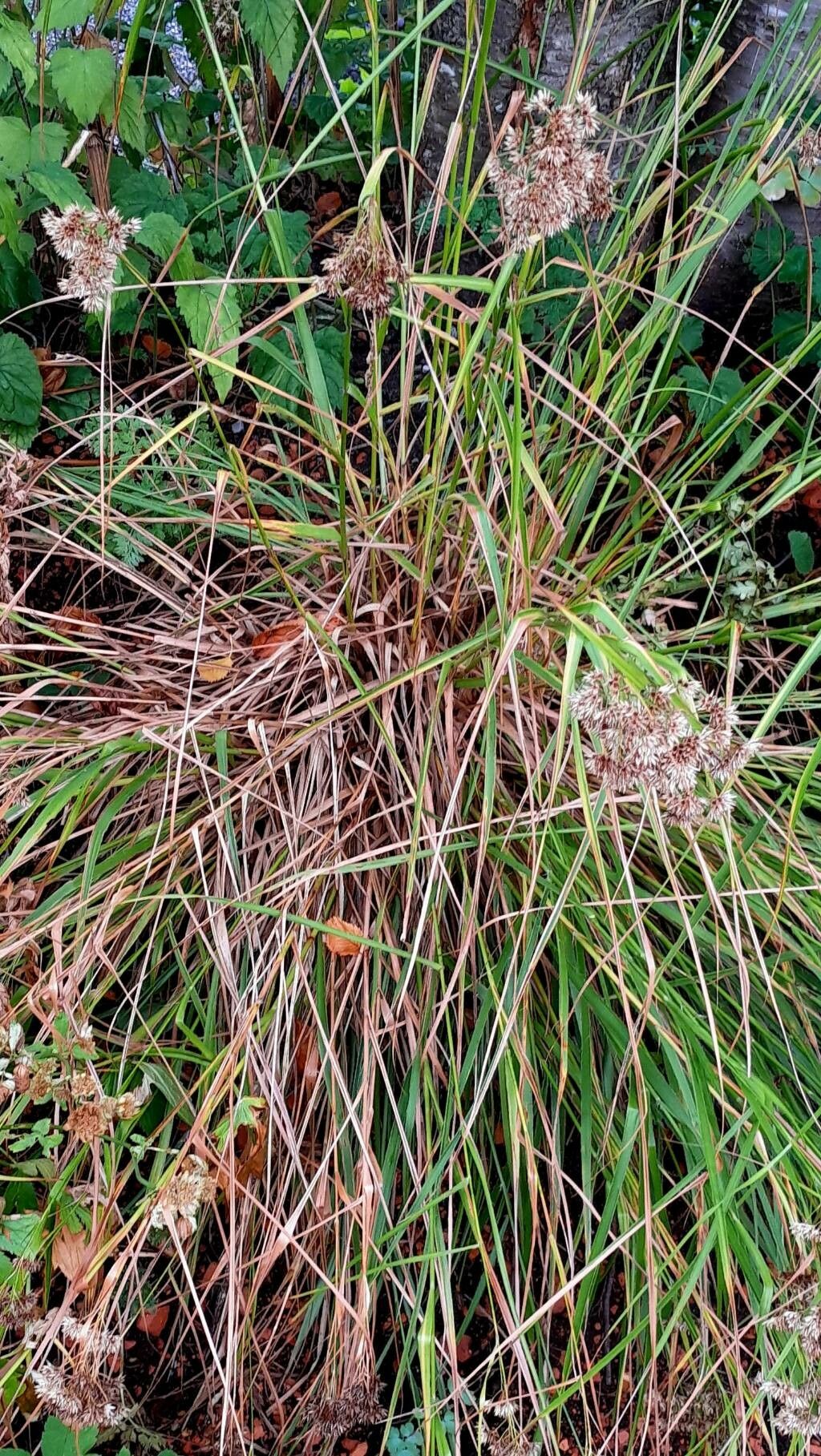## Afghan Melon: A Unique Culinary Delight
The Afghan melon, a member of the *Cucurbitaceae* family, offers a unique and delicious taste experience. While less common than other melons, its distinctive flavor profile and intriguing history make it a rewarding addition to any garden. This comprehensive guide will equip you with the knowledge to successfully cultivate this fascinating fruit.
### Habitat and Growth
Native to the mountainous regions of Afghanistan, the Afghan melon thrives in warm, sunny climates. It prefers well-drained soil and is relatively drought-tolerant once established. This makes it an ideal choice for gardeners in regions with hot, dry summers. While precise sun exposure requirements aren't widely documented, ample sunlight (at least 6-8 hours daily) is crucial for optimal fruit production. The vines are vigorous growers, therefore providing adequate space is important to prevent overcrowding and maximize yield.
### Soil Needs
Afghan melons prefer loose, well-draining soil rich in organic matter. Heavy clay soils should be amended with compost or other organic materials to improve drainage and aeration. The soil pH should be slightly acidic to neutral (6.0-7.0). Poor drainage can lead to root rot, a common problem with cucurbits. Before planting, ensure your soil is prepared appropriately.
### Planting and Care
Afghan melon seeds can be directly sown outdoors after the last frost, or started indoors several weeks before the expected planting date. Plant seeds about an inch deep and space plants approximately 2-3 feet apart to allow for vine growth. Regular watering is important, especially during dry spells, but avoid overwatering, which can lead to fungal diseases. Mulching around the plants can help retain moisture and suppress weeds.
### Harvesting and Uses
Afghan melons are typically ready for harvest in late summer or early fall. The melons will be ripe when they exhibit a deep color and a slightly soft feel. The fruit's sweetness intensifies after harvest, so allowing them to fully ripen on the vine is critical. These melons are highly versatile and can be enjoyed fresh, juiced, or used in various culinary preparations, from salads to jams.
### Potential Challenges
Like other cucurbits, Afghan melons can be susceptible to pests and diseases. Common problems include powdery mildew, aphids, and squash vine borers. Regular monitoring for pests and diseases is essential, and prompt action is required to prevent significant damage. Employ integrated pest management strategies, such as using natural predators or organic pesticides, to minimize the use of harmful chemicals.
### Conclusion
Growing Afghan melons can be a rewarding experience, offering a unique and flavorful addition to your harvest. By following these guidelines and paying close attention to your plants' needs, you can increase your chances of a bountiful and delicious yield. Happy gardening!
Afghan Melon: Growing Guide & Care Tips

Frequently Asked Questions
How to grow Afghan melons successfully?
Ensure well-drained, slightly acidic soil, ample sunlight (6-8 hours), adequate spacing between plants, and regular watering (avoid overwatering). Monitor for pests and diseases.
What type of soil do Afghan melons need?
Afghan melons thrive in loose, well-draining soil rich in organic matter. A slightly acidic to neutral pH (6.0-7.0) is ideal. Amend heavy clay soils with compost to improve drainage.


